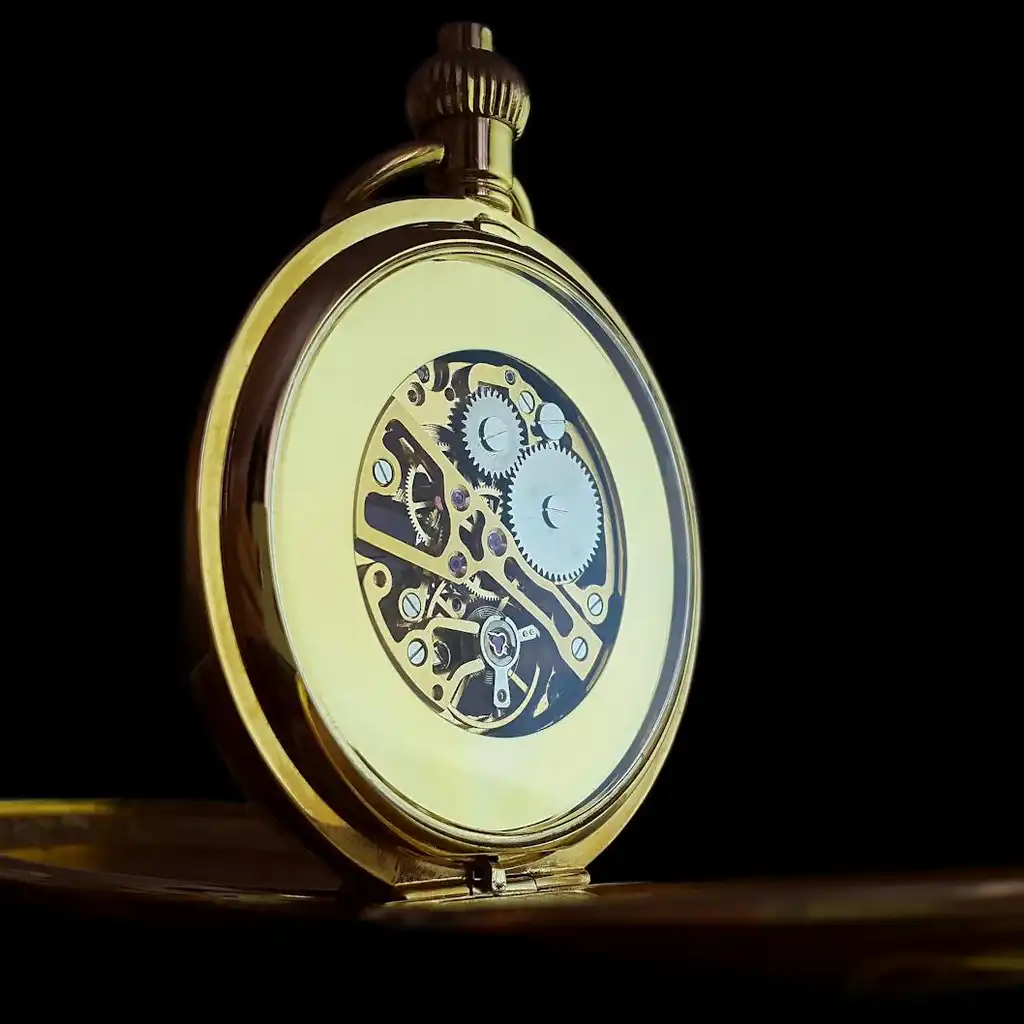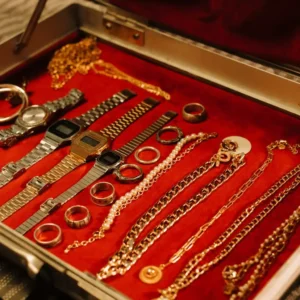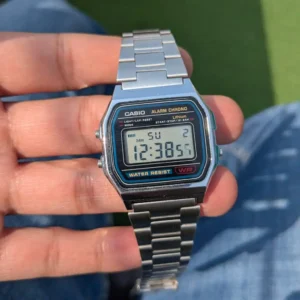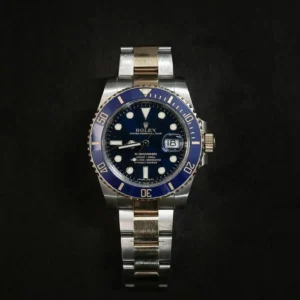The year 2024 marked a remarkable blend of tradition and innovation in the watch industry, with brands pushing the envelope while honoring their rich heritage. Key trends that stood out included:
- Ultra-Thin Movements: Brands like Piaget and Bulgari continued their quest to create the thinnest movements, offering minimalist designs that did not sacrifice functionality. These ultra-thin models highlighted elegance and ease of wear.
- Integrated Bracelet Designs: Luxury sports watches embraced integrated bracelets, creating a seamless transition from case to strap. Audemars Piguet and Chopard were leaders in this aesthetic trend.
- Vibrant Dial Colors: Bold and colorful designs took center stage, with Omega’s Summer Blue Seamaster collection and Grand Seiko’s nature-inspired dials appealing to collectors seeking unique expressions.
- Retro Reissues: Heritage-inspired designs remained popular, with brands like Longines and Breitling reviving iconic models with modern enhancements. This nostalgia continues to captivate collectors.
Smartwatches vs. Traditional Timepieces
The debate between smartwatches and traditional timepieces intensified in 2024, as both sectors innovated to capture distinct market segments:
- Smartwatches: Apple and Samsung led with advanced health-tracking features, including glucose monitoring and AI-driven insights. Meanwhile, Garmin catered to outdoor enthusiasts with solar charging and extreme durability.
- Traditional Watches: Luxury mechanical watches maintained their timeless allure, offering a sense of artistry and legacy that technology struggles to match. For collectors, a Patek Philippe or a Rolex remains an investment in heritage, unlike the rapidly evolving smartwatch.
- Hybrid Models: Brands like TAG Heuer, with their Connected series, successfully merged traditional aesthetics with smartwatch functionality, appealing to those who appreciate both worlds.
Innovations in Watch Materials
Material innovation was a focal point in 2024, as brands explored new ways to enhance durability, comfort, and aesthetics:
- Carbon Fiber Cases: Lightweight and robust, carbon fiber became a popular choice. Longines’ Ultra Chron Carbon exemplifies this trend, offering high-performance materials for professional use.
- Ceramic and Titanium: Known for their scratch resistance and hypoallergenic properties, ceramic and titanium continued to be prominent in luxury watch designs.
- Recycled Materials: Sustainability emerged as a key focus, with brands like Panerai and Oris incorporating recycled ocean plastics and eco-friendly materials into their timepieces.
Anticipations for 2025
As we look forward to 2025, several exciting developments are on the horizon:
- Greater Sustainability: More brands are expected to adopt green practices, including carbon-neutral manufacturing and fully recyclable packaging.
- AI Integration in Smartwatches: Artificial intelligence is likely to play a larger role, offering predictive analytics and smarter health monitoring for smartwatch enthusiasts.
- Customization Options: Personalization is expected to take center stage, with brands offering bespoke options for dials, straps, and engraving.
- New Complications: High-end brands are anticipated to push horological boundaries further by introducing innovative complications that blend mechanical artistry with modern needs.
The watch industry stands at a fascinating crossroads, where balancing tradition with innovation is crucial. Whether you’re an enthusiast drawn to the timeless elegance of mechanical timepieces or you seek the functionality of a smartwatch, there has never been a better time to explore the world of horology. As we move into 2025, one thing is certain: the future of watches is as dynamic and captivating as ever.








